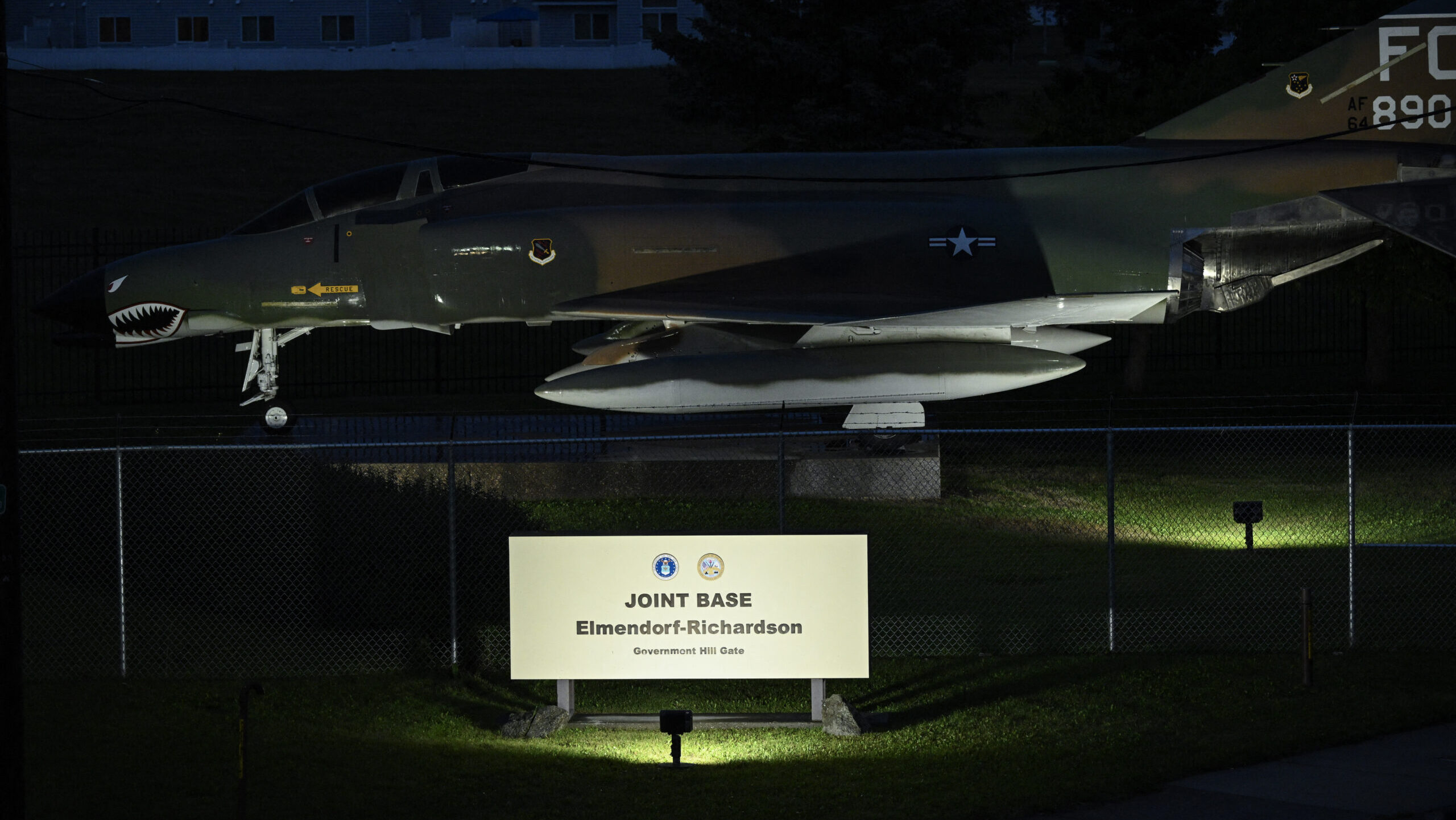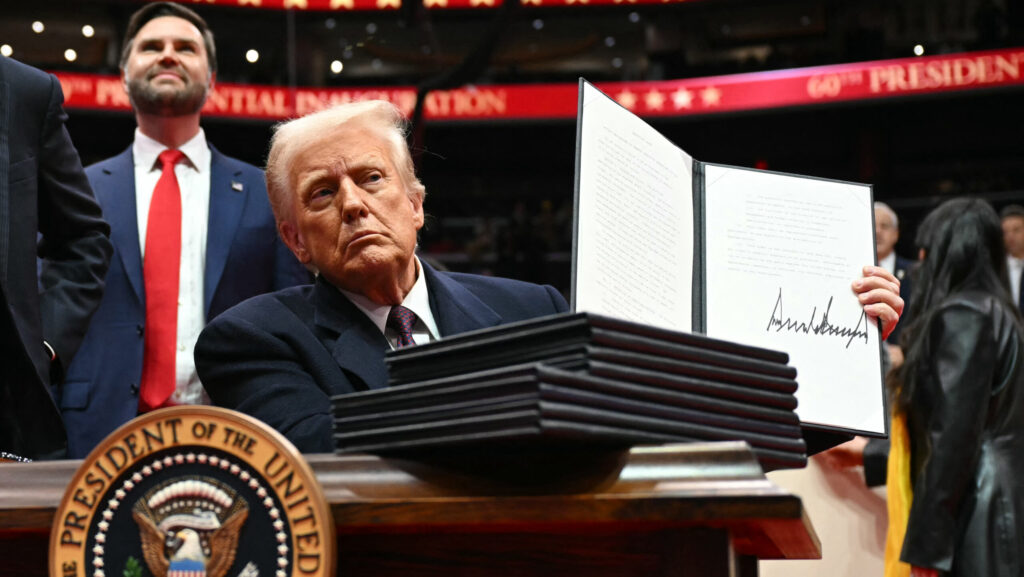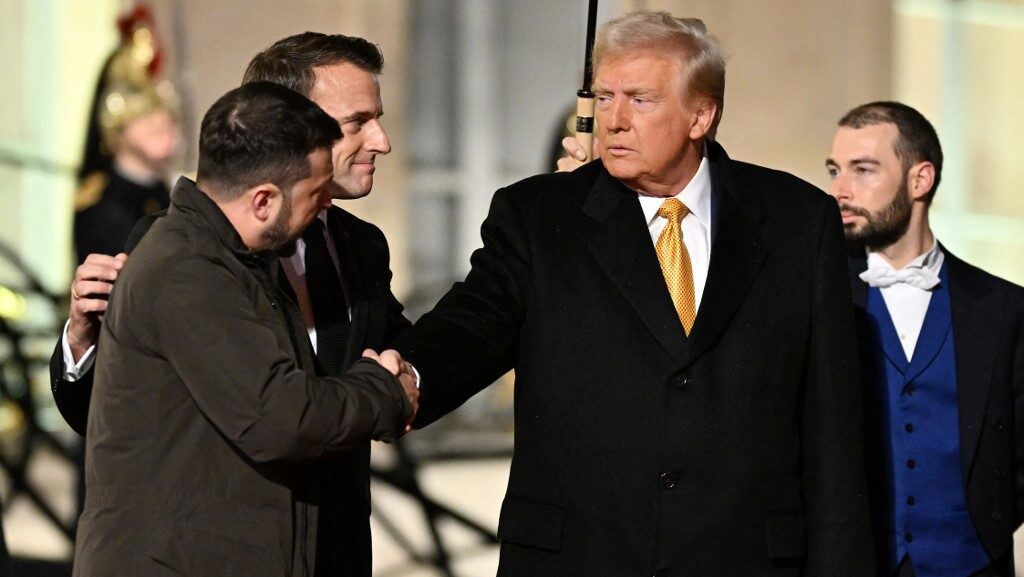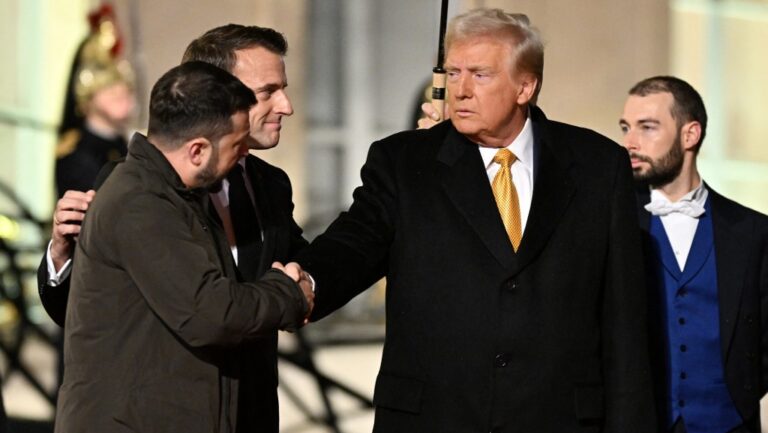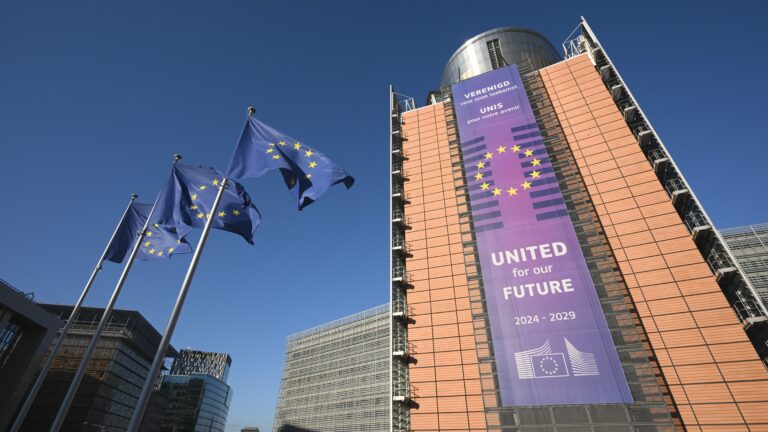US President Donald Trump is scheduled to meet Russian President Vladimir Putin on Friday in Alaska, at the Joint Base Elmendorf–Richardson in Anchorage. The summit, described by many as historic, is aimed at negotiating a potential ceasefire agreement that could end the war in Ukraine, now raging for more than three years. True to the nature of a Trump–Putin meeting, with little more than 24 hours remaining before the event, expectations remain unclear. Over the past few days, the public has been presented with vastly different scenarios and mixed signals. In this article, we aim to present the conditions and expectations of all sides, as well as the leverage each holds to achieve them.
Putin Has High Hopes
Let us begin with Russia. For this, we must go back to 6 August, when Trump’s special envoy Steve Witkoff met Putin in Moscow. After a three-hour discussion, Witkoff flew home and presented Russia’s proposal—or at least his interpretation of what the Russian President meant, as the White House has rephrased these conditions at least three times since—to Trump. The first known conditions were as follows:
- a unilateral withdrawal of Ukrainian troops from Donetsk and Luhansk for the ceasefire to take effect;
- Russian troops would then pull back from Kharkiv and Sumy;
- other parts of the frontline would be frozen.
The proposal was flatly rejected by Ukrainian President Volodymyr Zelenskyy, EU leaders, and the Coalition of the Willing. During an emergency meeting last weekend, Kyiv and European leaders presented a counterproposal, the main points of which were an unconditional ceasefire, reciprocal withdrawal and territorial concessions, security guarantees for Ukraine—including NATO membership—and Ukraine’s participation in the negotiations. Trump initially sent mixed signals about the first Russian proposal: at first he said there could be some ‘land swaps’ to reach an agreement, but as Friday drew closer, he downplayed the significance of the meeting, calling it a ‘feel-out’ or ‘listening exercise’ to understand ‘what is in his [Putin’s] mind’.
Earlier this week, however, Russia modified its conditions, as revealed in an interview Kremlin aide Dmitry Suslov gave to Italian outlet Corriere della Sera. The main points are:
- a bilateral US–Russian deal, excluding Ukraine and the EU;
- reciprocal withdrawal: Ukrainian forces from the areas of Donbass they still hold, Russian forces from Sumy, Dnipropetrovsk, and Kharkiv regions;
- other parts of the frontline to remain frozen;
- Ukraine to commit not to join NATO and to demilitarize;
- constitutional reform towards a more federal state in Ukraine.
According to Suslov, if Kyiv rejects these conditions, Trump would cut off all military assistance to Ukraine and stop selling weapons to Europe. Notably, at the end of the interview, Suslov added that Russia expects a significant part of the talks to focus on bilateral relations. ‘The Arctic is also the most promising area for the development of new economic cooperation between our two countries: joint research, exploration and exploitation of raw materials, trade,’ Suslov said, referring to the choice of location.
In the days leading up to the summit, Russia increased military pressure along several sections of the frontline. Between 5 and 12 August, Russian forces captured 196 square kilometres (around 76 square miles) of Ukrainian territory—a 145 per cent increase compared with the previous week. On 12 August, Moscow advanced 15 kilometres inside Ukrainian territory near Dobropillia, reportedly cutting the highway near Novovodiane and interrupting the supply link between Dobropillia and Kramatorsk—one of Ukraine’s most important logistic hubs in the Donbass region.
‘Russia expects a significant part of the talks to focus on bilateral relations’
Earlier in August, Russia also claimed to have captured Chasiv Yar after a prolonged battle, a claim supported by drone footage released by the Russian Defence Ministry. Ukrainian authorities deny full control, calling it ‘disinformation’. If accurate, the capture would solidify Russia’s presence west of Bakhmut and threaten regional supply lines.
Russia’s strategy is clear, and one must acknowledge that Putin currently holds the stronger hand in terms of momentum, which also strengthens his position in Alaska. Judging by the frontlines, Moscow has little rational reason to agree to a ceasefire unless it receives something it can present as a clear victory after more than three years of bloodshed. What that might be is another question—anything from the Donbass to a multi-billion-dollar bilateral deal with the US is conceivable.
Reality Check in Kyiv and Brussels
Last week was a cold shower for both Kyiv and Brussels. Following the announcement that Trump and Putin would meet face-to-face in a bilateral format, both feared that, reminiscent of colonial-era agreements, two powers might decide Europe’s future without Europe even being consulted. While Zelenskyy’s concerns are somewhat justified, the EU largely excluded itself from the negotiations by refusing to reopen communication channels with Russia, while its relations with the Trump administration can hardly be described as cordial.
From the initial confusion, it now appears that Europe has some form of strategy for the Alaska summit—though it seems more a Berlin-driven push than an EU-wide effort. The main aim is to prevent Trump from striking a disproportionately disadvantageous deal with Russia at Ukraine’s expense. On 13 August, two days before the summit, at the initiative of German Chancellor Friedrich Merz, EU and NATO officials, Zelenskyy, and leaders of the Coalition of the Willing held several videoconferences, including one with Trump. According to European leaders, the discussion was ‘constructive’ and they expressed hope that Trump understood their concerns. During the meeting, Zelenskyy and his European allies set out several red lines, largely consistent with their earlier counterproposals:
- immediate ceasefire before further talks;
- Ukraine’s direct participation in all discussions involving territory or sovereignty;
- no unilateral territorial concessions;
- no legal recognition of Russian control over Ukrainian land;
- robust Western security guarantees, though not necessarily formal NATO membership.
For Ukraine and the EU, Trump’s subsequent pledge to uphold key red lines in any peace process was a relief. He stressed that Ukraine must be at the negotiating table and that no territorial concessions would be made without Kyiv’s consent. He also suggested the possibility of a follow-up trilateral meeting with Zelenskyy. ‘If the first one goes okay, we’ll have a quick second one,’ Trump said, adding that the aim would be to include Ukraine’s leader in subsequent talks.
In terms of leverage, the EU and Ukraine have the weakest position. With Ukrainian defensive lines collapsing in recent days, Kyiv on its own has little more than rhetorical appeals about defending Europe and Western democracy. The EU’s leverage is also limited. The planned phase-out of Russian oil imports by 2027 could theoretically serve as a bargaining chip, but Hungary and Slovakia oppose it. Another sanctions package would likely inflict minimal damage on Russia’s economy, while European Commission President Ursula von der Leyen’s budget proposal to allocate at least €100 billion to Ukraine is unlikely to ‘survive the end of the year’ in its current form. The Coalition of the Willing could expand military and financial support for Ukraine, but—given the past three years—this is unlikely to be sufficient to halt Moscow’s advance.
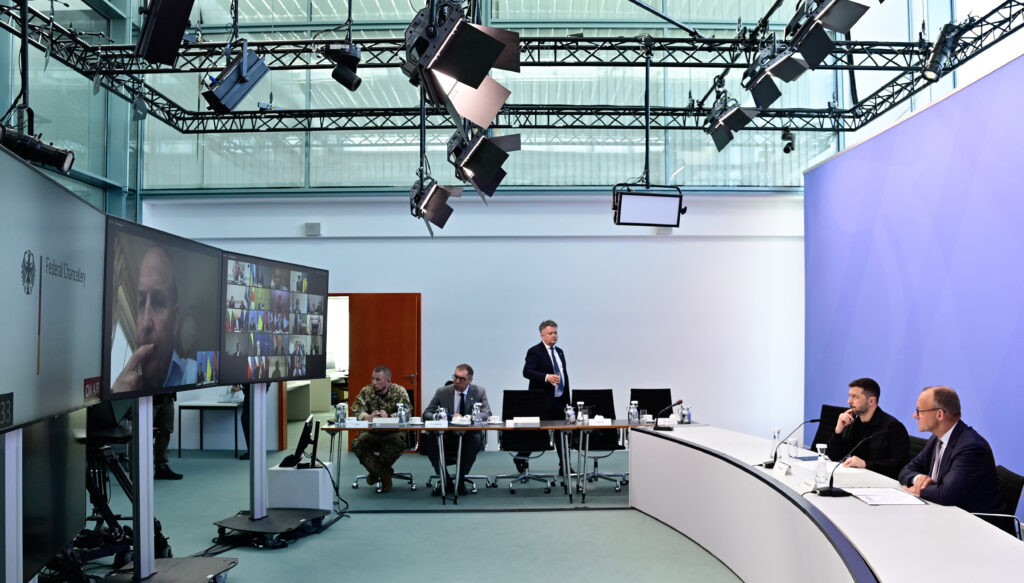
Beyond the Nobel Prize
What does Trump want? The short answer: a Nobel Peace Prize. The longer answer is more complex, as reflected in the mixed and chaotic messaging surrounding the summit. White House Press Secretary Karoline Leavitt has described the meeting as an initial, exploratory ‘listening exercise’, indicating that it will not necessarily produce an agreement. She also emphasized that the talks will focus solely on Ukraine, with no plans to address broader US–Russian bilateral issues.
Trump’s latest stated objective—according to French President Emmanuel Macron—is to secure a ceasefire in Ukraine. Macron said the US President ‘made it very clear’ during the 13 August videoconference. Trump has sought to temper expectations, in line with the White House’s messaging, but also said he would tell Putin directly to end the war and reiterated his willingness to invite Zelenskyy to a follow-up meeting—potentially trilateral—if the initial talks prove productive. In another remark, he said he could walk away after ‘two minutes’ if the meeting turned out to be a waste of time. Analysts view Trump’s approach as cautiously optimistic yet pragmatic. While officially low-stakes, the summit could lay the groundwork for a ‘land-for-peace’ proposal, provided it is based on reciprocal arrangements and robust security guarantees.
‘For Trump, settling the conflict, even into a frozen state, is key to focusing on countering China’
Of all the parties, the US unarguably holds the strongest cards. Trump has already issued a strong warning to Putin, promising ‘very severe consequences’—potentially including sanctions—if Moscow refuses a ceasefire. The very reason this summit is even taking place is Trump’s 8 August deadline for imposing secondary sanctions—effectively secondary tariffs—on countries buying and reselling Russian oil, a major source of Moscow’s revenue. These tariffs were primarily aimed at India, China, and Brazil. India is currently the only country hit with an additional 25 per cent tariff on certain exports to the US due to its continued import of Russian oil since 6 August. However, BRICS powers have signalled unity against Trump’s tariffs, potentially weakening his hand and strengthening Putin’s. Beyond sanctions, Washington could escalate military aid to Kyiv, including equipment it has so far been reluctant to provide.
Winners and Losers
In summary, all sides have both realistic and unrealistic conditions for an agreement. Of the three parties—the US, Russia, and the Ukraine–EU bloc—Russia has the least interest in a ceasefire, as it continues to advance rapidly into Ukrainian territory. For Ukraine, a truce is urgent to halt further Russian gains and avoid an even weaker negotiating position. For Trump, settling the conflict, even into a frozen state, is key to focusing on countering China. A deal could also disrupt BRICS unity and the Russian–Chinese partnership, a strategic US goal.
Who will emerge as the winner is still unclear, but one party has already gained, while another is unlikely to be satisfied with any outcome. Putin has already won in one respect: his scheduled return to the stage of international diplomacy after three years of pariah status in the West. Ukraine, however, faces an increasingly desperate situation, and any agreement would likely face significant opposition from within Ukrainian society, placing Zelenskyy’s political future in serious jeopardy.
Read more on the Alaska summit:

